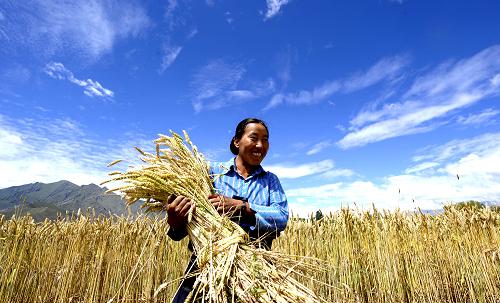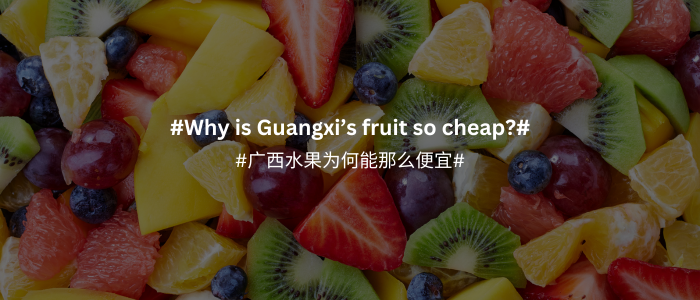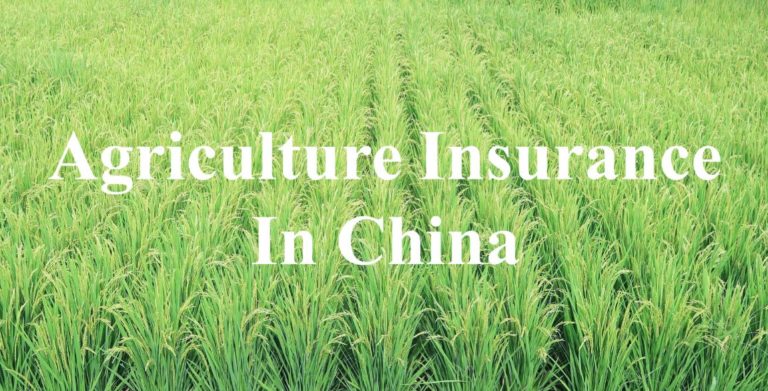In the 21th century, with the rapid development of China’s economy, Chinese agribusiness has also achieved remarkable growth. The government issued a series of industry-supporting policies for the development of Chinese agriculture that made good use of China’s technology, human resource, product and administration advantages. Ever since joining the World Trade Organization(WTO), China has increased its cooperation with other countries, especially in agricultural products.
Current state: deficits
In the early 2000s, China’s exportation of agricultural products was still growing. However, in 2004, China’s agricultural imports surpassed its agricultural exports. According to 2011 statistics, from January to May, both China’s import and export of agricultural products grew substantially, but imports remained significantly higher than exports. The total volume of import and export was 59.06 billion dollars, with year-on-year growth of 31.9%. The total volume of export was 23.82 billion dollars, with year-on-year growth of 32.3%. The total volume of import was 35.24 billion dollars, with year-on-year growth of 31.7%. The deficit was 11.41 billion dollars, year-on-year growth of 30.5%.
Statistics indicate that China agriculture industry is entering a new period of its history as many problems are expected to arise in the near future.
Phenomena and problems for agribusiness in China
The main problems for Chinese agribusiness are as follows:
- Agricultural imports outweigh exports. China cannot produce enough raw materials to meet the demand of its growing processing and manufacturing industries. As a result, companies are forced to look outside of the country to acquire these materials increasing production costs.
- The overall quality of China’s agricultural exports is fairly low. This may hurt demand for Chinese agricultural goods in the future.
- The Chinese foreign trade system is poorly structured. The agricultural product import and export business is subject to multiple inspections from AQSIQ, the Ministry of Commerce, the Ministry of Health, and the Ministry of agriculture. This creates confusion and ineffectiveness.
Chinese agribusiness: wool and tea
China is the world’s second largest wool producer and the world’s largest wool importer. Over recent years, a growing portion of the world’s wool processing has come from China and played a tremendous impact on China’s wool industry. Since 2004, China’s quota on wool imports has remained at 287,000 tons. The tariff rate is 1% when total imports is under the quota and 38% when it is over of the quota. The growth of wool exports is apparent and reflects the prosperity of China’s manufacturing industry, but also shows the potential demand hazard of China’s agriculture.
Over the last 15 years, China’s tea exports have seen consistent success. From 1995 to 2008, China’s tea exports consistently accounted for 15% of the world’s total tea exports. As more people become aware of the health benefits of tea, the global trade environment for tea may improve and see increased consumption in countries that do not traditionally drink tea. If China can take advantage this market opportunity and continue to assert its dominance in the global tea market, it may improve its international agri-business.
Daxue Consulting China Market Research
Sources:
Picture Source: Chinese agribusiness





